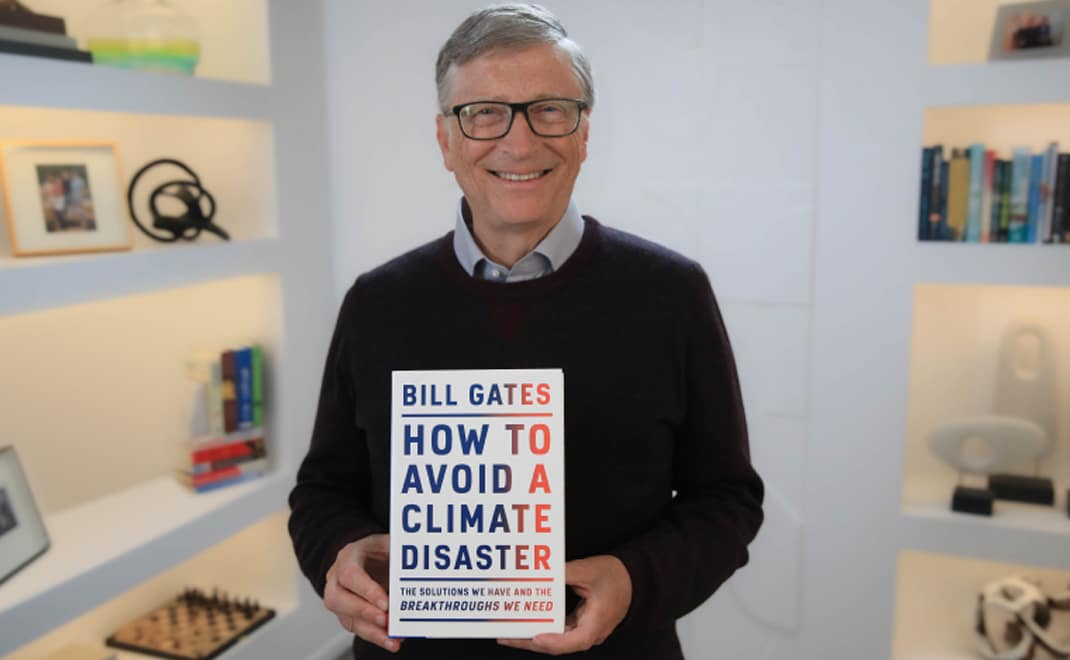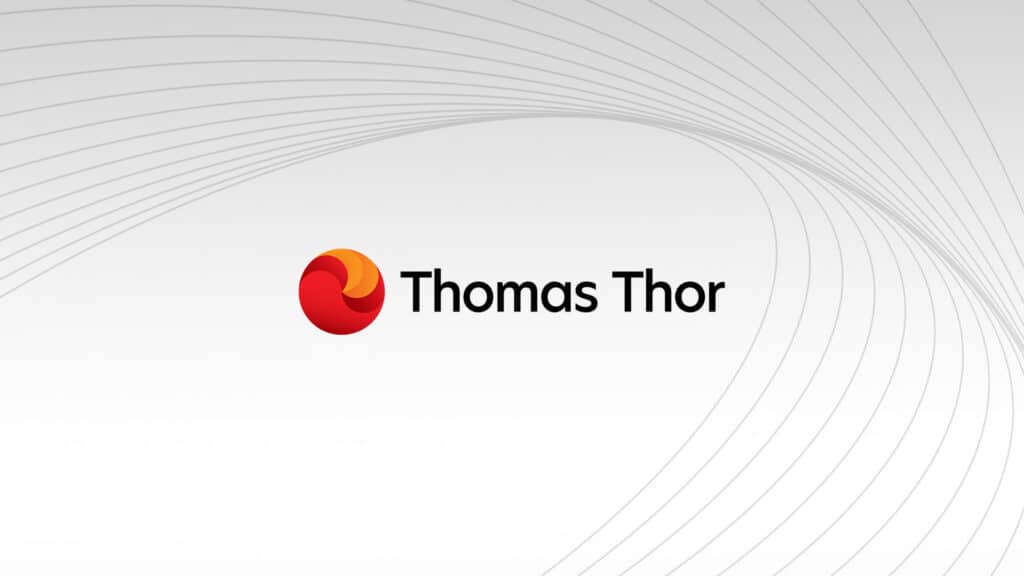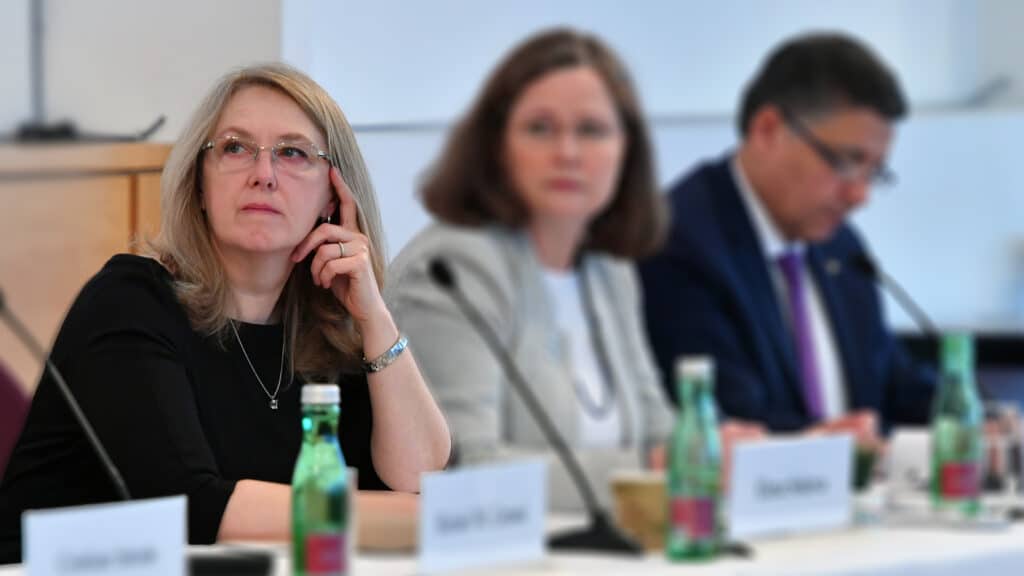Three minute book review – How to Avoid a Climate Disaster by Bill Gates

Although I thoroughly recommend reading this book, if you are interested in a three-minute summary rather than a six-hour read, then this review is for you. In this book, published just last month, Bill Gates starts with an explanation of why we must go from the 51 billion tonnes of Carbon Dioxide (CO2) we currently release into the atmosphere each year, right down to zero. He then goes into more detail about the five main ways that we are creating all the CO2 – ‘Making things’ (cement, steel plastic etc.), ‘Plugging in’ (electricity generation), ‘Growing things’ (plants and animals), ‘Getting around’ (planes, cars, trucks, ships etc.) and ‘Keeping warm and cool’ (heating and air-conditioning). The final chapters are about adapting to a warmer world, the role of government policy and a suggested plan to get to net zero CO2 emissions. Spoiler alert: he says that if he had one wish, it would be to generate vast amounts of clean electricity and then electrify as much as possible across the five categories just listed.
It is hard to summarise the whole book and the immense amount of research that it draws from in a short review, but here are some of the highlights:
The largest contribution to CO2 emissions (31% of the total) comes from ‘making things’, most notably steel, cement and plastic. For every tonne of steel we make, 1.8 tonnes of CO2 are created, which is insane! The good news is that a lot of this CO2 can be avoided by finding clean ways to generate the massive amounts of energy required in the manufacturing process, rather than burning fossil fuels to create the electricity and heat. The bad news is that fossil fuels are really cheap and that the steel, plastic and concrete markets are super price competitive, which means that nobody really wants to pay the ‘green premium’ required to make these products cleanly. This concept of green premium – the additional cost of replacing something that emits CO2 with a clean alternative – is a major theme throughout the book and is useful because it allows for a price to be put on going green. In some cases, the green premium is very low, such as using electric heat pumps for household heating instead of gas boilers, but in most cases the green premium is high. Manufacturing cement cleanly costs around double the price and powering ships with clean biofuel costs more than five times more than the current dirty alternative.
I have to say that Bill Gates has written this book in a way that somehow is optimistic and positive, despite the obvious mountain we need to climb to net zero. The list of challenges is long, including the cost of going green, the fact that CO2 emissions globally are set to rise as many developing countries become richer, and the political challenges of coordinating global action and accountability. On the other side of the balance are the solutions, which Gates argues must include technology, policy and markets. In his words, “When we focus on all three things at once – technology, policy and markets – we can encourage innovation, spark new companies and get new products to the market fast”.
A strong recurring theme throughout the book is the question of how to generate the huge amount of clean electricity required to power the world and to create clean fuels (such as hydrogen and biofuels) for things such as planes and ships that are hard to power directly with electricity. An existing and proven solution to this challenge is to use more nuclear energy. The world already gets more than 10% of all electricity from clean non-CO2 emitting nuclear power. Nuclear power has its challenges, such as concern over nuclear waste, radiation leaks and the high cost of building nuclear power plants. However, nuclear energy technology is becoming far more advanced, and reactors are becoming much more cost competitive. Some even use nuclear waste as fuel, which solves two problems at once. From a policy perspective, governments and policy makers are becoming increasingly interested in nuclear energy as a green solution, as illustrated by the recent decision from the European Commission to include nuclear as part of the EU sustainable taxonomy. Advances in technology, reduction in cost and supporting policies will mean that the markets are likely to become increasingly keen to invest in nuclear in the coming years. A major piece of the puzzle in achieving net zero could well be nuclear power, both for electricity generation and for making clean fuels such as hydrogen.
In summary, the book provides a very accessible and up-to-date account of both the challenges and the possible solutions. It is the type of information that should be on school curriculums as well as on the bookshelves of CEO offices. The solutions are not simple and will require a mammoth global effort in coordination as well as action. There is a lot that we can do individually, starting with educating ourselves about the situation (maybe read the book for a start) and then working on what we can do in our own use of energy. We all have something to offer, from living more sustainably, to dedicating our lives to net zero technology innovation, to campaigning for policies such as carbon taxes and increased R&D spend, to putting our savings in sustainable investments.
There is a line on the very last page of the book that really resonated with me. Bill Gates says, “I hope you’ll spend more time and energy supporting whatever you’re in favour of than opposing what you’re against”. Wise words at a time when we need all the time and energy in the world focused positively towards net zero.
Share this article
Related articles
Help us grow and achieve your potential at a values-driven business.




